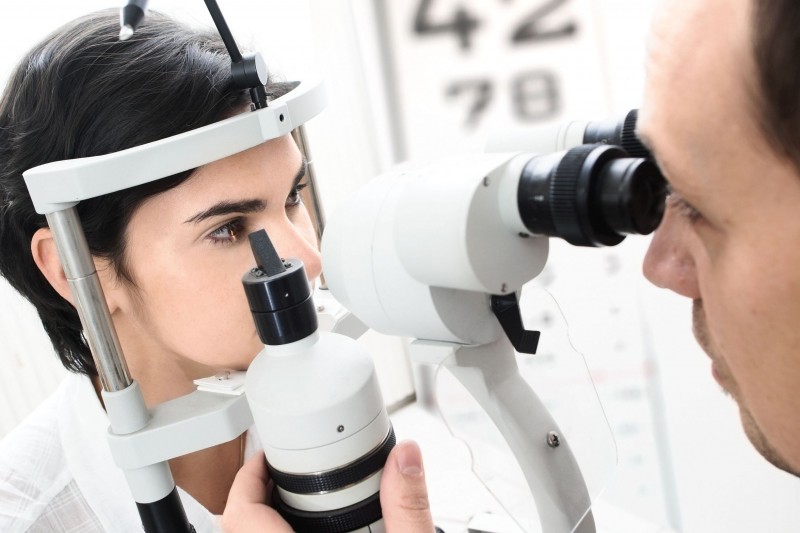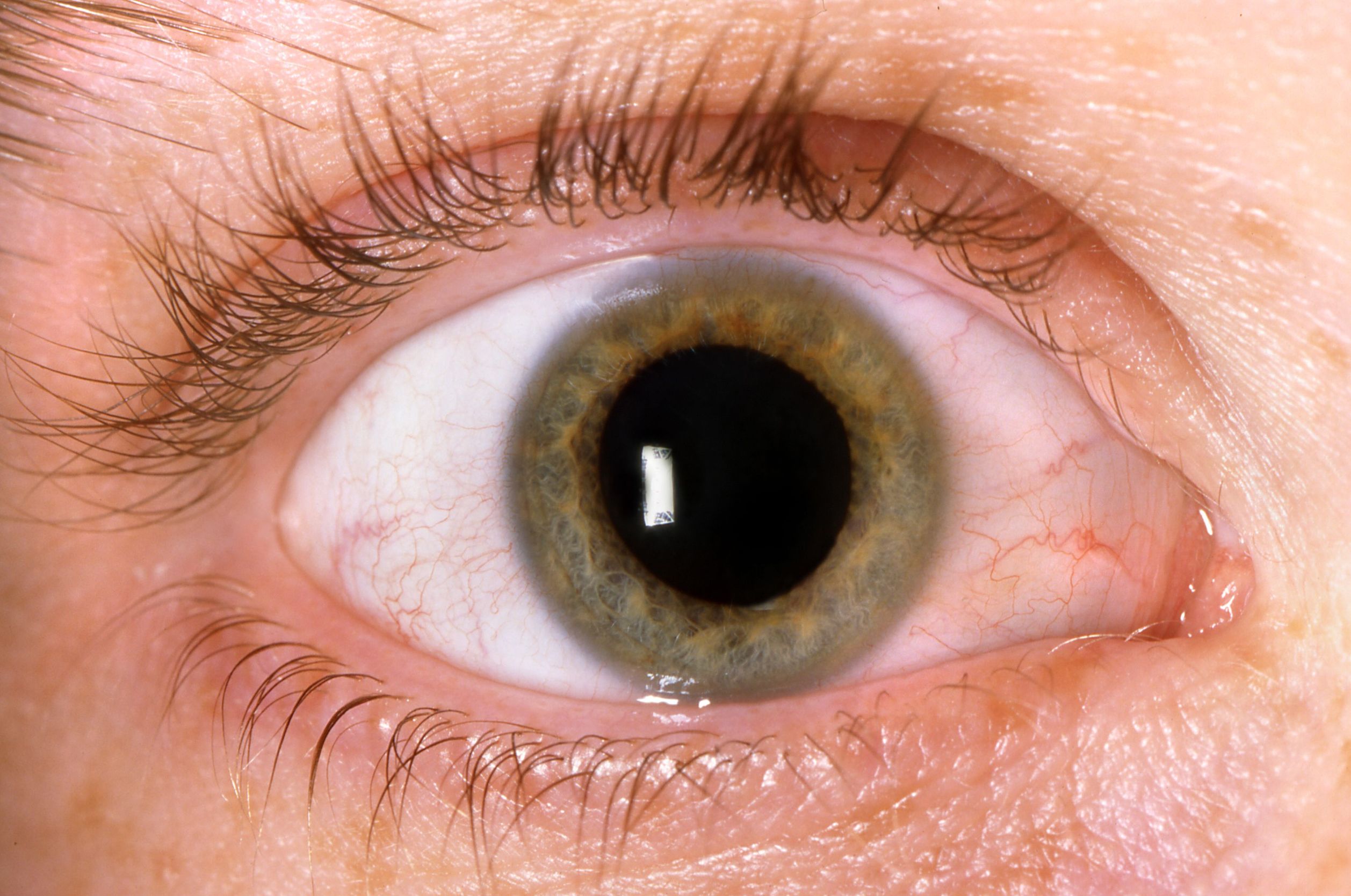People who suffer from low vision can now take advantage of wearable technology, specifically electric glasses. Low vision is defined as a person with less than 20/70 visual acuity. People who have been diagnosed with low vision are not able to correct their vision using traditional methods such as prescription lenses or surgery.
There is a certain amount of vision changes that occur due to age. However, irreversible vision loss can occur due to eye diseases such as macular degeneration, strokes, or diabetic retinopathy. Vision changes and vision loss cannot be reversed, but it can be helped with the use of optical aids.
Electric glasses are wearable technology that allows those with low vision to be able to see and take part in tasks that normally would not be available to them. Electric glasses are lightweight and compact and allow for hands-free use. People who suffer from macular degeneration, diabetic retinopathy, glaucoma, and other eye conditions can take part in and enjoy the activities they once loved.
Telescopic glasses work like binoculars and help users see further away. They are ideal for people with reduced vision.
For people who suffer from albinism, bioptic glasses can help. Bioptic glasses can be used to help drivers see the road more clearly.
Some smart glasses will produce a picture and, using voice commands, can enhance and enlarge the picture so the wearer can see the image clearly. These glasses can be life-changing for many low vision sufferers.
Low vision can affect people not only visually, but also emotionally. Major life changes, such as irreversible vision loss, can be a difficult adjustment for many adults. The physical loss of something that is important for everyday life, such as vision, can cause pain and grief. Using electric glasses can help these individuals live an independent life.

